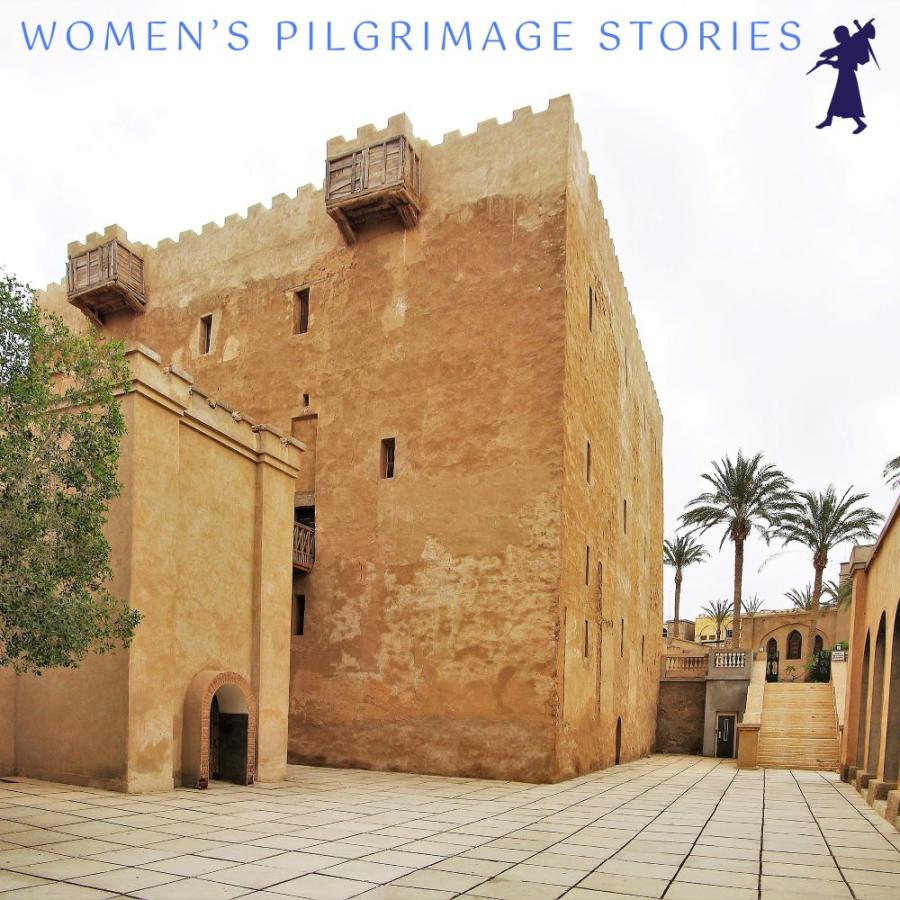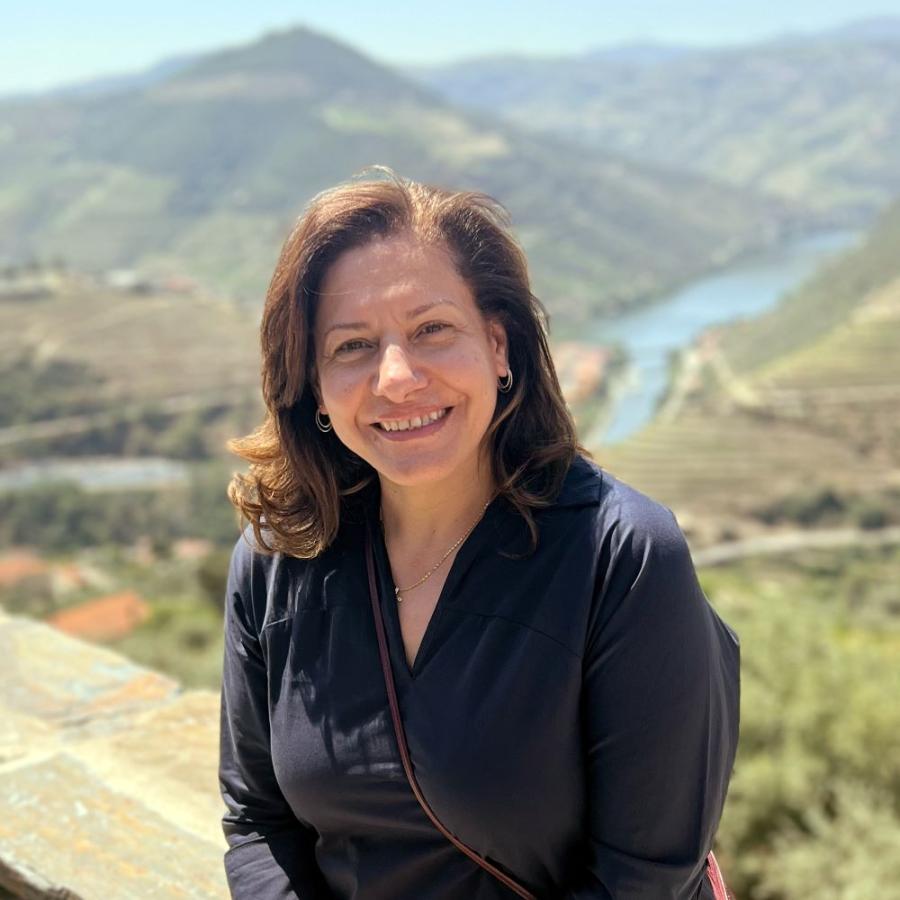
The first time I visited the monastery was when I was in early high school in my home of Giza, Egypt. We were brought by our teacher, Mrs. Khairya - a scholar who led our preparation class in St. George Metropolitan Coptic Orthodox Church. She was our spiritual mother and made sure that we had a chance, as girls, to experience the beauty of Coptic monastic life. Traditionally, boys were allowed to visit monasteries and sleep overnight, participating in the early morning prayers and liturgies and taking part in some work at the monastery, while the girls would visit only for the day.
Our class of about fifteen young girls started the day visiting the old church where the three great Sts. Macarios are resting. The remains of St. John the Baptist are also buried here. I’ll never forget the smell in the air, and the sun’s rays beautifully reflecting on various corners. I was particularly attracted to one corner of the church beside the side altar, with the icon of the Three Young Men. That became my corner! Every time I visited in the years to come, I’d first go to “my” corner, bow down to the ground in a matanya, and just stay there talking with God. That was the first place I started to have conversations with him, realizing he was my Father and friend.
We continued our visit and went to the very old fortress with its meticulously preserved tower, used to escape the attacks from invaders. Then, we visited the Church of the Forty-Nine Martyrs, the burial place for the forty-nine monks who submitted to the Berber swords. They are all laid down on a large space in the ground. At the end we gathered in a small room with no chairs, sat around the room and a monk came to talk with us. While I can’t remember the exact words, I remember his very calm voice, smiles and kindness. That visit changed my heart and, if I could say, started my personal relationship with God.
Every time I returned after this, I retained the feeling of that first encounter. The monastery has remained a large part of my life ever since. I was blessed to marry my husband, who also visited the monastery and stayed overnight a few times. We both enjoy reading the books of Father Matthew the Poor and later Father Abifanious.
When our oldest son was born, we brought him to visit. Even after we immigrated to Canada, we returned to visit with our children. After my husband was ordained as a priest for St. Mary and St. John, the beloved Coptic church in Pickering, Canada, the church was remodeling and painting the interior and exterior of the church. Based on my husband’s request, one of our volunteers drew a picture of the Three Young Men in the fire right on one of the sides of the building attached to the church. That was thirteen years ago and it’s still there - a beautiful picture of how my “corner” and my sense of pilgrimage in the world has expanded.
Dalia Hanna has a PhD in Computer Science from Toronto Metropolitan University, an M.Sc. in Instructional Design and Technology from Walden University, and a B.Sc. in Electronics and Communication Engineering from Cairo University, Egypt. She completed a Women in Education Leadership training from Harvard University and is currently an Associate Dean of Social and Life Sciences at Sheridan College in Canada. Dalia is married to Fr. Daniel Bessada, Priest at St. Mary and St. John the Beloved Coptic Orthodox Church in Pickering, Ontario, Canada and is the mother of Youssef and Miriam. She has served girls of multiple ages in rural communities, as a servant leader for junior school services in Egypt and is currently an invited speaker for youth and servants’ prep classes.



